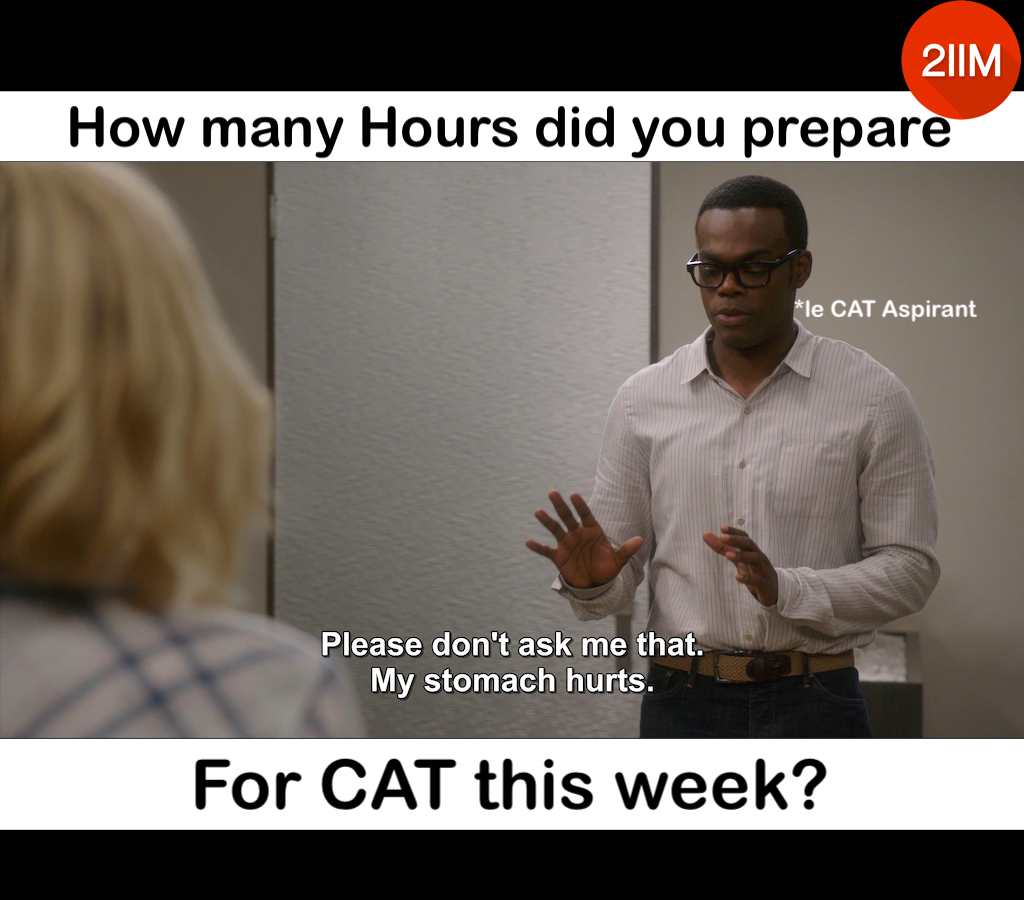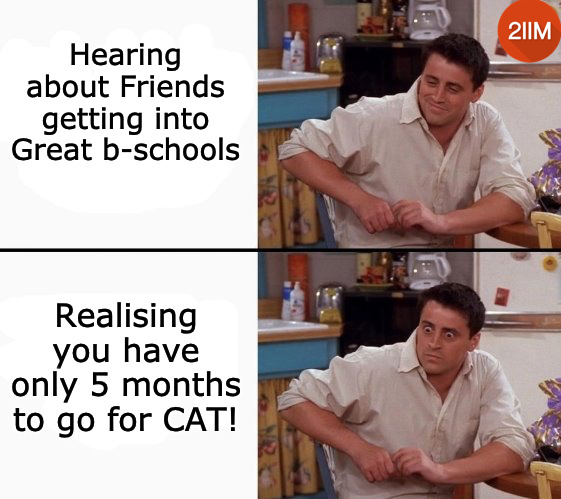CLAT Legal Reasoning
As the name indicates, CLAT Legal Reasoning section has a distinct element of law. To crack these questions, ideally, a candidate has to keep reading any news and opinion articles from at least one newspaper. A basic idea regarding the Current Affairs of legal issues will drastically improve the reading speed and comprehension. Though deeper understanding of law is not mandatory, keeping oneself abreast of the current happenings will prove to a competitive edge. The passages have been selected carefully to encompass a legal context in them.
As with the CLAT Logical Reasoning section and the CLAT English Language section, adequate attention has been given to ensure the passages are from a range of topics. Needless to say, the questions are pegged exactly at the level of difficulty of CLAT, with an eye on the samples published by the Consortium of NLUs.
Enough said. In for some serious Legal Reasoning? Let’s get cracking!
CLAT 2020 Legal Reasoning: Interpretition of Obscenity
The issue of Obscenity has vexed the Courts in India and abroad for a long time now. The intriguing question has always been the same, i.e., what should be the standards to qualify something as obscene in the eyes of law? In the United Kingdom, way back in 1868, the Court laid down the Hicklin test in Regina v. Hicklin (1868 L.R. 2 Q.B. 360), and held that: "The test of Obscenity is whether the tendency of the matter charged as Obscenity is to deprave and corrupt those whose minds are open to such immoral influences and into whose hands a publication of this sort may fall." Hicklin test postulated that a publication has to be judged for obscenity based on isolated passages of a work considered out of context and judged by their apparent influence on most susceptible readers, such as children or weakminded adults. However, this test was later rejected by most of the jurisdictions. There were many judgments where it was stipulated by the Indian Courts that, Obscenity has to be judged in the context of contemporary social mores, current socio-moral attitude of the community and the prevalent norms of acceptability/ susceptibility of the community, in relation to matters in issue. [For example, in Ranjit D. Udeshi v. State of Maharashtra AIR 1965 SC 881; Chandrakant Kalyandas Kakodar v. State of Maharashtra 1969 (2) SCC 687 etc.] These judgements indicated that the concept of Obscenity would change with the passage of time and what might have been "obscene" at one point of time would not be considered as obscene at a later period. This came to be known as "Community Standards Test". In Bobby Art International & Ors. v. Om Pal Singh Hoon (1996) 4 SCC 1, the Court, upholding the Community standards test held that, complete message and context of the objectionable scene/firm/picture etc., needs to be examined in order to find out whether the alleged material is obscene or not.
An activist, while being semi-nude, allowed her body to be used as a canvas to paint on by her two minor children who were properly clothed. She uploaded this video of hers on an online platform with a message that she intended to normalise the female form for her children and not allow distorted ideas about sexuality to pervade their mind. An advocate who sees the video, registers a case of Obscenity against her. Is it a case of Obscenity as per the Community Standards Test?
- This is a pure case of Obscenity and she is spreading it.
- This is a pure case of Obscenity as well as Child Pornography as her children were exposed to her nudity.
- This is not a case of Obscenity because as per the Community Standards Test the video must not be seen in isolation but in the contextual set up of the message that the activist has put on normalisation of a female‘s sexuality.
- This is a case of Obscenity as per the Community Standards Test as the video was blatantly obscene.
Explanatory Answer
The activist intended to normalise the female form and not let distorted ideas about sexuality enter her children’s minds. The intention has a positive, progressive reasoning. Hence, the video is not obscene.



CAT Coaching in Chennai
CAT 2021
Enroll at 49,000/-
44,000/-
Online Classroom Batches Starting Now!

